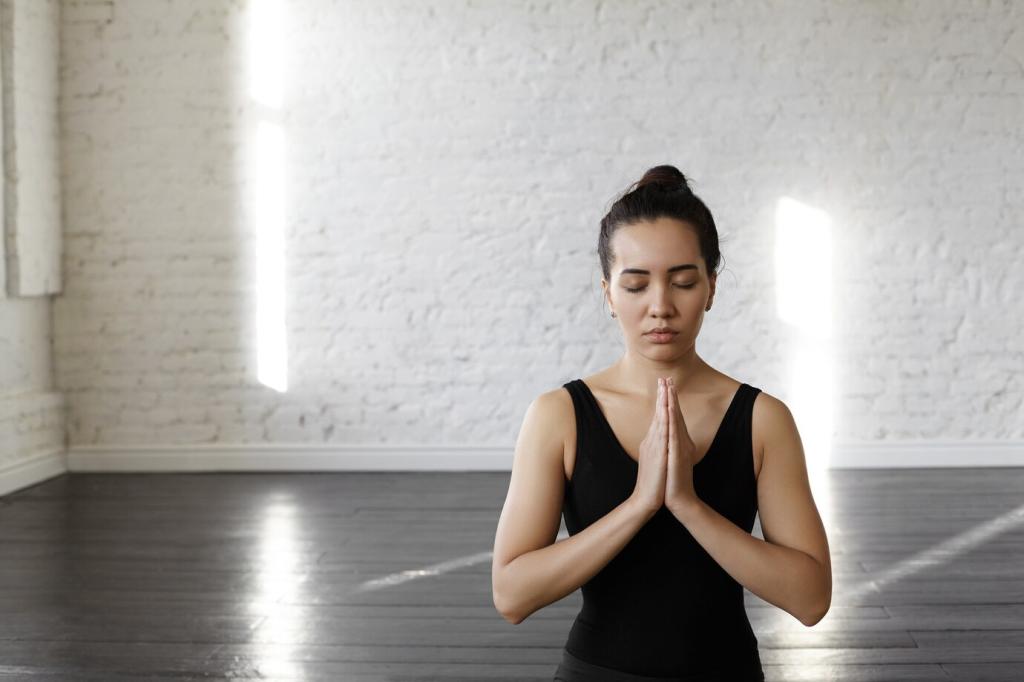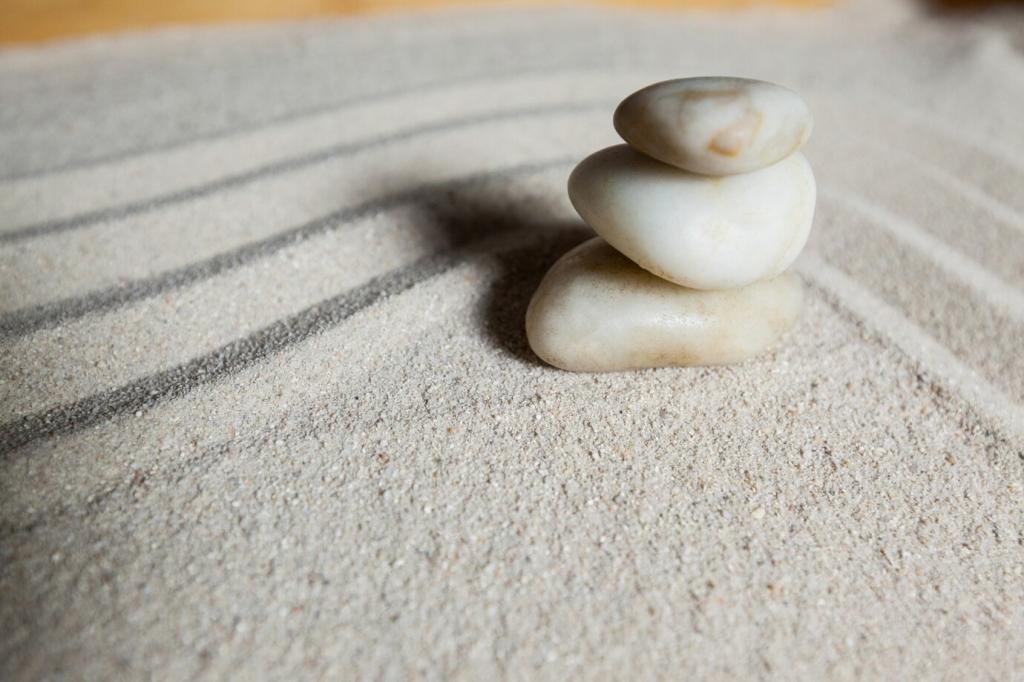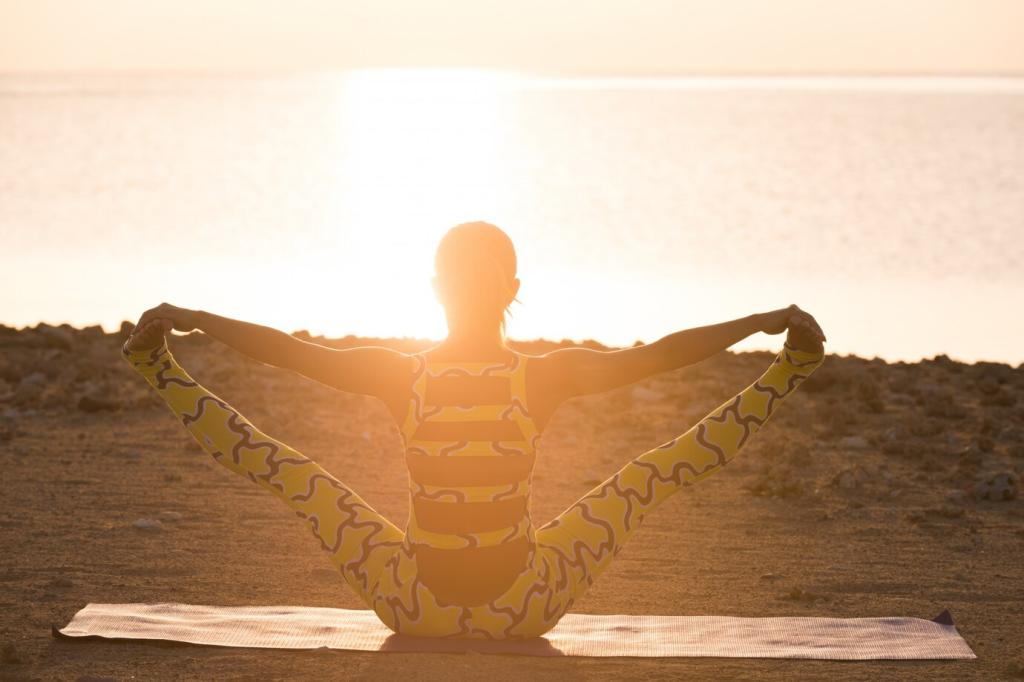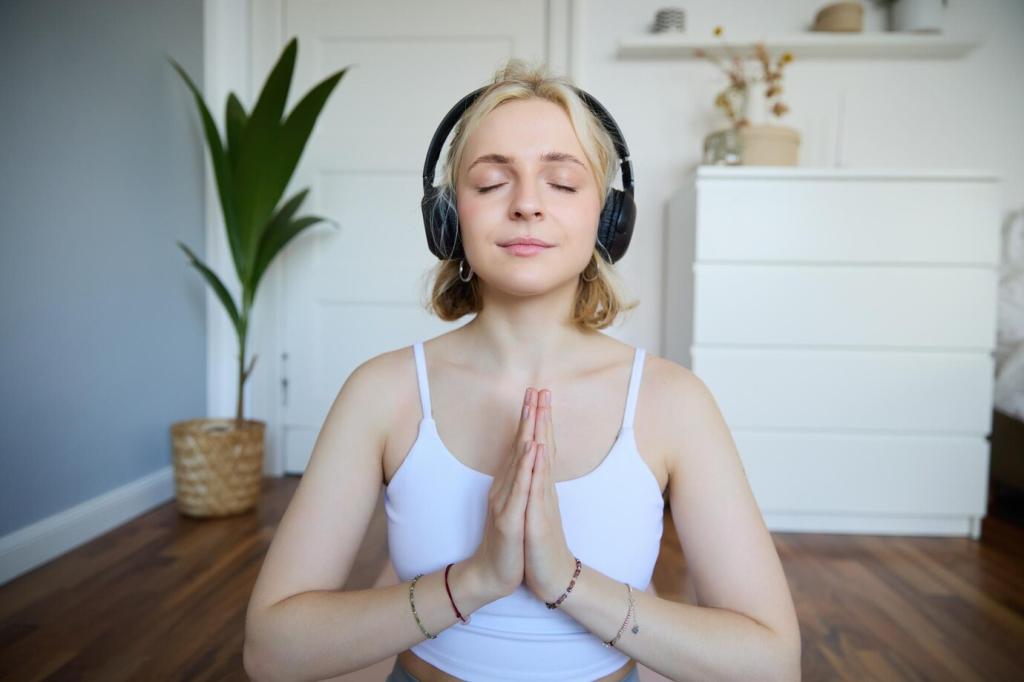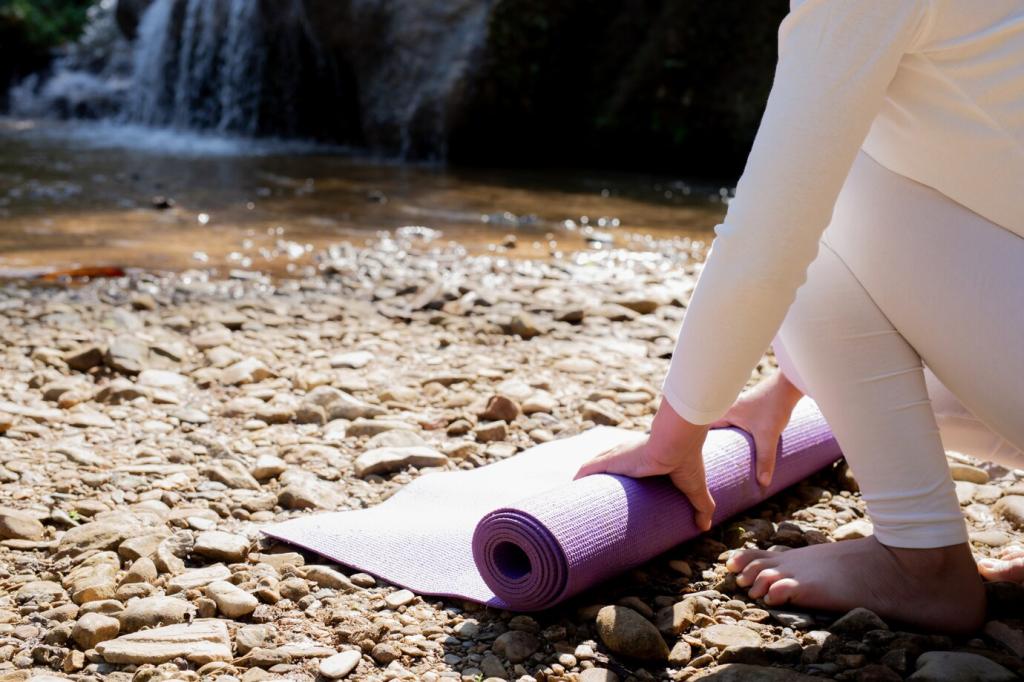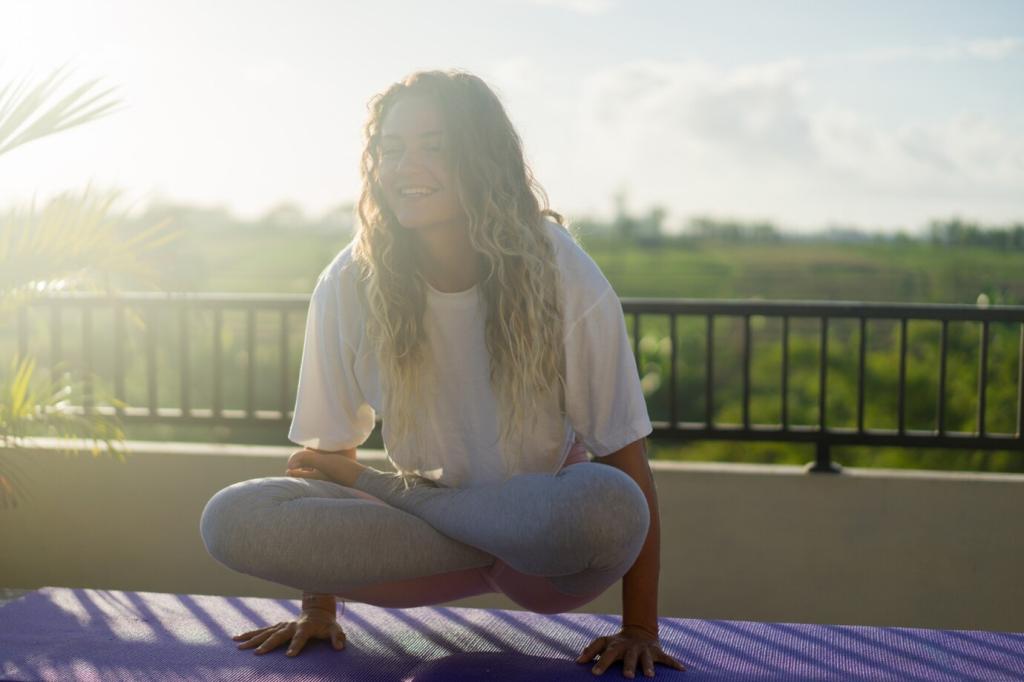Why Walking Meditation for Mindfulness Works
Research suggests that rhythmic movement paired with attentive breathing can calm the amygdala and improve mood regulation. Walking meditation leverages this natural rhythm, turning everyday motion into a portable practice that steadies attention and reduces stress without needing special gear or lengthy time blocks.
Why Walking Meditation for Mindfulness Works
Matching inhalations and exhalations to your steps creates a gentle metronome for the mind. This coordination stabilizes focus, reduces rumination, and helps you notice sensations you usually overlook—heel, arch, toe—while welcoming thoughts like passing clouds rather than storms to chase.

